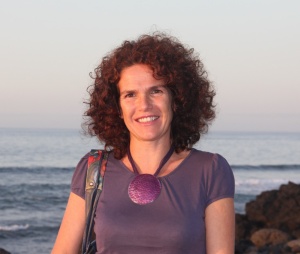Parelho, C., Rodrigues, A., Barreto, M.C., Cruz, J.V., Rasche, F., Silva, L. & Garcia, P. (2021) Bioaccumulation and potential ecotoxicological effects of trace metals along a management intensity gradient in volcanic pasturelands.
Chemosphere,
273, 128601. DOI:10.1016/j.chemosphere.2020.128601 (IF2021 8,943; Q1 Environmental Sciences)
The particularities of volcanic soils raise the need to better understand the link between soil agricultural management intensity and trace metal bioaccumulation. The Azores are a region characterized by volcanic soils, which were changed in different degrees according to the intensity of the agricultural practices. The main objective of this study was to assess the potential ecotoxicological effects of the trace metals present in volcanic pastureland soils along a gradient of management intensity (i.e., semi-natural, permanent and reseeded), using earthworms (Eisenia fetida) as biological indicators. For this purpose earthworms were exposed during 7, 14, 28 and 56 days to soils from the three types of pastures. At each exposure time, we quantified trace element bioaccumulation (As, Cd, Co, Cr, Cu, Hg, Li, Mn, Mo, Ni, Pb, Rb, U, V and Zn) and the activities of superoxide dismutase and acetylcholinesterase in earthworm tissues. Overall, the results showed that the type of pastureland management significantly increased the soil contents in trace metals: V, Co, Ni and Zn in semi-natural pasturelands; As, Cd and Hg in reseeded pasturelands; and, Rb and U in both permanent and reseeded pasturelands. The soil physicochemical properties observed in the reseeded pastureland systems (higher electric conductivity values associated with a moderately acid pH value) modulated the metal bioavailability, from soil to biota, leading to a greater Hg bioaccumulation in earthworm tissues. The long-term exposure (56 days) of earthworms to reseeded pastureland soil was associated with adverse biological effects (intensification of AChE activity and decrease of SOD activity), encompassing key processes such as neurotransmission and antioxidant defence mechanisms in resident soil biota (earthworms). This study point towards the increased importance of semi-natural and permanent pastureland management, over the intensive management (reseeded pasturelands), in favour of more sustainable ecosystems.



